bugs that kill trees in ohio
00-01 Unhealthy Yard Tree - Common. Aphids also known as plant lice are among the most destructive tree bugs.
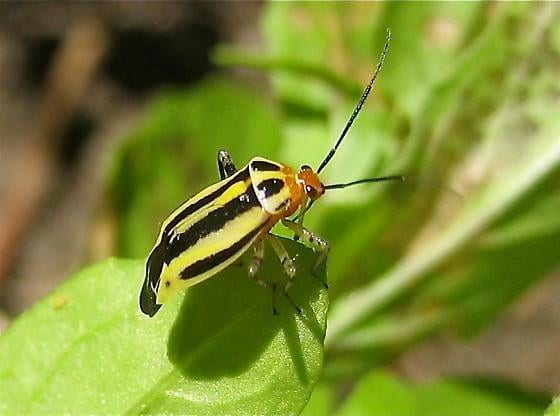
The Emerald Ash Borer Information About The Ash Tree Killer And Other Boring Beetles Ecological Landscape Alliance
The Northern Copperhead is the most common venomous snake in Ohio according to the Ohio Department of Natural Resources.

. These plant-sucking insects feed on the sap of a tree or shrub. Most frequently its targets are arborvitae followed by red cedar and other members of the juniper family. It can also be found on.
Although the disease can kill a variety of oak tree species its origin and impact on the oak tree species is not widely known. Beneficial insects can significantly reduce the number of June bugs. Caterpillars emerge from the sacs in May and June and feed on a wide range of evergreens and deciduous plants.
02 I would like to harvest timber on my property. Make June bug traps from fruit juice in a large container with a wide-opening funnel at the top. Whom should I call.
Trunks are often deformed and sucker growth may also be seen. In the United States the smaller European bark beetle and the native elm bark beetle are the most common offenders. Identifying a spotted lanternfly in Ohio Anyone who believed they have a spotted lanternfly infestation in their yard can file a report online or call the ODA Plant Pest Control Division at.
Emerald Ash Borer. Insects that suck on trees cause damage by removing the juices from leaves and branches. 03 Where can I get tree seedlings to plant.
05 Ive noticed logging activity that is polluting a stream with woody debris. First spotted in Toledo in 2003 the Emerald Ash Borer Agrilus Planipennis or EAB has made its way. The Flatheaded apple tree borer is particularly a problem for small newly planted trees.
This ash borer could potentially decimate. The few recorded hosts for Gast- eruption include yellow-faced bees Hylaeus spp leafcutter bees Mega- chile rotundata and Hoplitis sambuci aphid wasps Pemphredoninae in the family Crabronidae keyhole wasps Trypoxylon sp. The grubs chew burrows in the sap wood eating as they go and damaging the circulation of the tree.
The adult bugs will travel down the funnel into the container as they are attracted to the fruit juice and will be unable to escape. Several defoliations can frequently kill trees under stress. If you see a lot of gum and resin on the trunk where the branches come out this mixture of sap sawdust and frass insect poop.
Larvae are active all summer and feed in the cambium. Repeated sucking causes the tree to dry out which in turn can cause leaves to fall and branches to weaken. 07 Trees being cut on adjoining property and crossing property line.
Some like the Pine Sawyer Beetle are larger about ¾ of an inch long and the adults have very long antennae. Local BBQ chain to open new-concept restaurant in Miamisburg. Instead of killing a tree directly sucking insects reduce its growth rate which weakens the overall strength of a tree.
As adults they are copper-colored jewel beetles that emerge in May. This is an invasive species that particularly loves oak trees but also eats the leaves of hundreds of. Emerald ash borer EAB is a highly destructive insect that was introduced into the USA from China.
EAB is blamed for killing millions of ash trees annually and forcing regional quarantines on exporting firewood and tree nursery stock in several states. The western conifer-seed bug also known as the western pine-seed bug belongs to a small group of true bugs called the leaf-footed bugs. The adult insects build galleries under the bark of dead or dying trees and lay eggs alongside them.
The emerald ash borer EAB is an exotic wood-boring beetle discovered in Michigan in 2002. . Galleries are tunnels winding in an S shape packed with insect excrement.
Their excrement referred to as honeydew is commonly mistaken for sap dripping from a trees canopy. They sometimes are called walky bugs in Ohio due to the slow and steady way that they walk. Honey and black locust white ash euonymus oak boxelder dogwood hackberry sycamore linden beech elm willow basswood poplar rose sumac.
Much like the Timber Rattlesnake it doesnt. Meaning I will be indoors more than I. Invasive Pests in Ohio That Can Damage Trees Part 1 Emerald Ash Borer.
Bagworms appear as spindled bundles of egg sacs on trees and shrubs in spring. Ash trees infested with EAB generally die within 3 to 5 years if not treated early without treatment theres a 99 mortality rate. 20 Ohio Forest Tax Law.
In the Crabroni- dae and mason wasps Leptocheilus ornatus family Vespidae. As the name indicates these bugs have long hind legs that end with a flattened leaf-like structure. It arrived in Ohio in 2003 and has now spread to all 88 counties in the state.
The feeding damage progresses from the bottom up the tree girdling it.
Ohio S Newest Invasive Insect The Spotted Lanternfly Woodland Stewardship Association
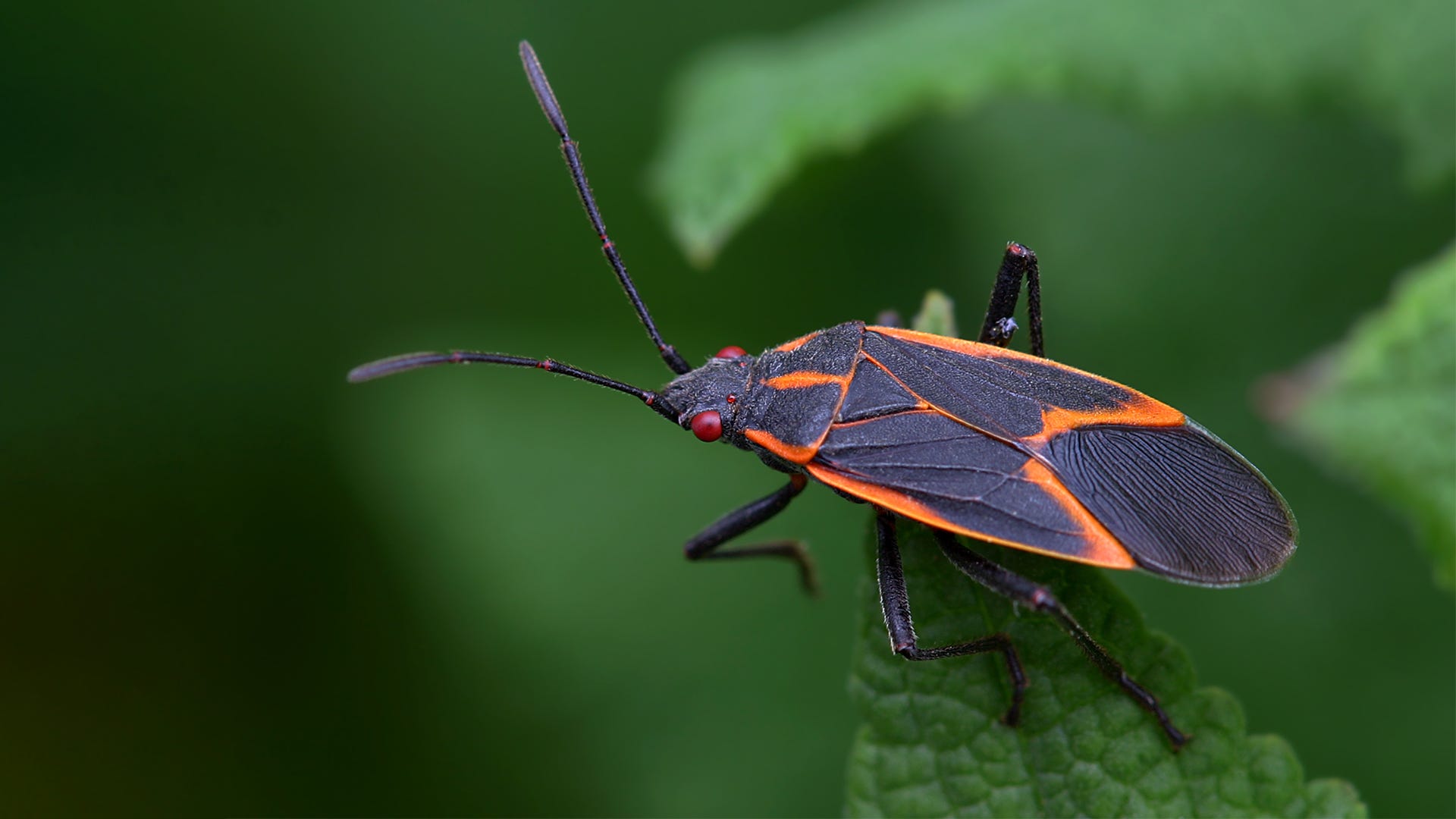
10 Boxelder Bug Questions Answered

Usda Urges People To Check Trees This Month For Asian Beetles As They Reach Peak Activity News Postandcourier Com

Usda Wants You To Kill This Bug On Sight
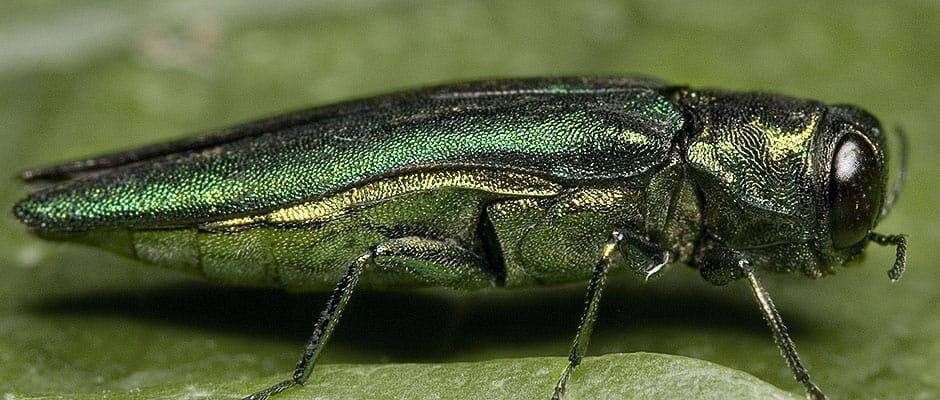
Tree Killing Invasive Bugs Make Jump To New Tree Species The Wildlife Society

Meet The Spotted Lanternfly The Latest Tree Killing Insect Threat Nj Com

Beetle Of Death It Could Kill Millions Of Trees
/cloudfront-us-east-1.images.arcpublishing.com/gray/S3J3D4N3HFFIJJSWFIPW6TZXQU.png)
Insect That Poses Threat To Ohio S Fruit Crops Trees Discovered In Cuyahoga County

The Upside Of The Bitter Cold It Kills Bugs That Kill Trees Npr
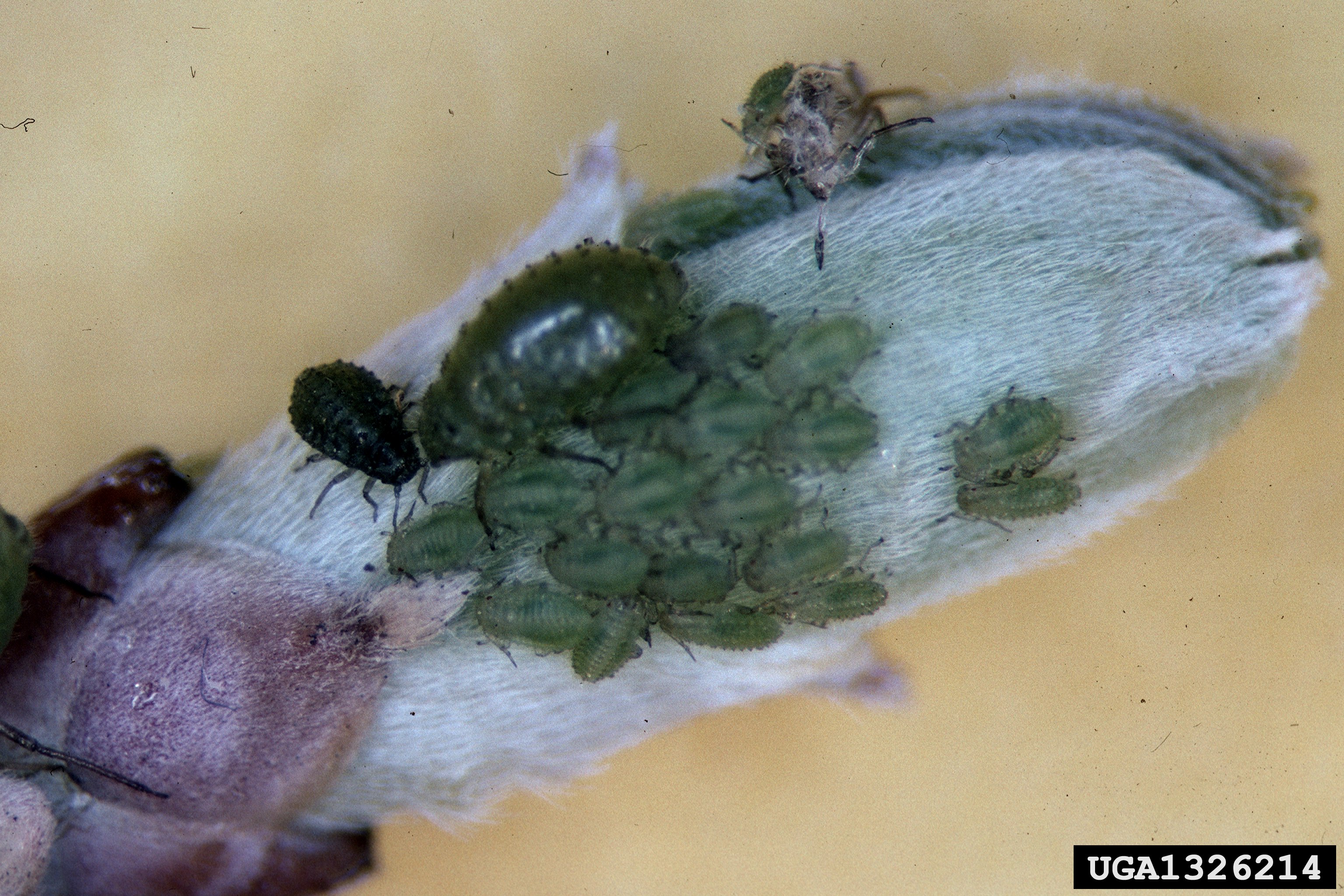
Apple Crabapple Insects Home Garden Information Center

States Urging Residents To Be On The Lookout For Destructive Invasive Species Flying Lantern Insects Invasive Species
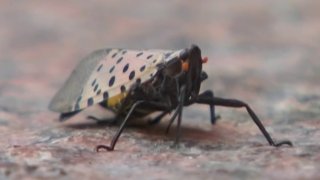
Asian Insect Known To Kill Native Plants Found In Indiana Nbc Chicago

The Spotted Lanternfly Is Spreading Rapidly In The Us Popular Science
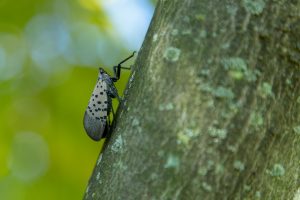
Spotted Lanternfly Delaware Department Of Agriculture State Of Delaware

Pine Killing Southern Beetle May Be More Deadly As It Moves North Cbc News
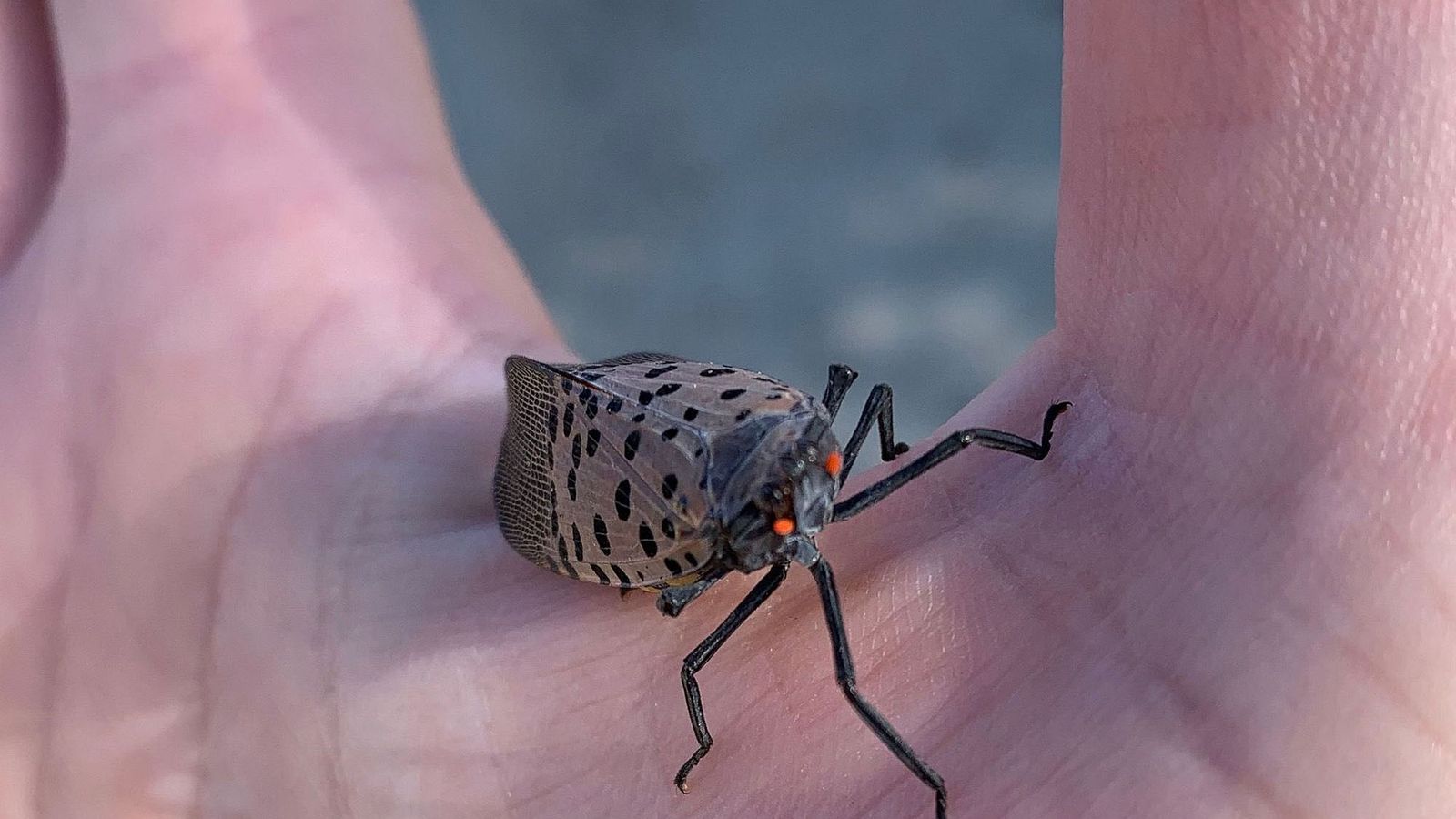
If You See A Pretty Spotted Lanternfly Report It Then Squash It The Brink Boston University

